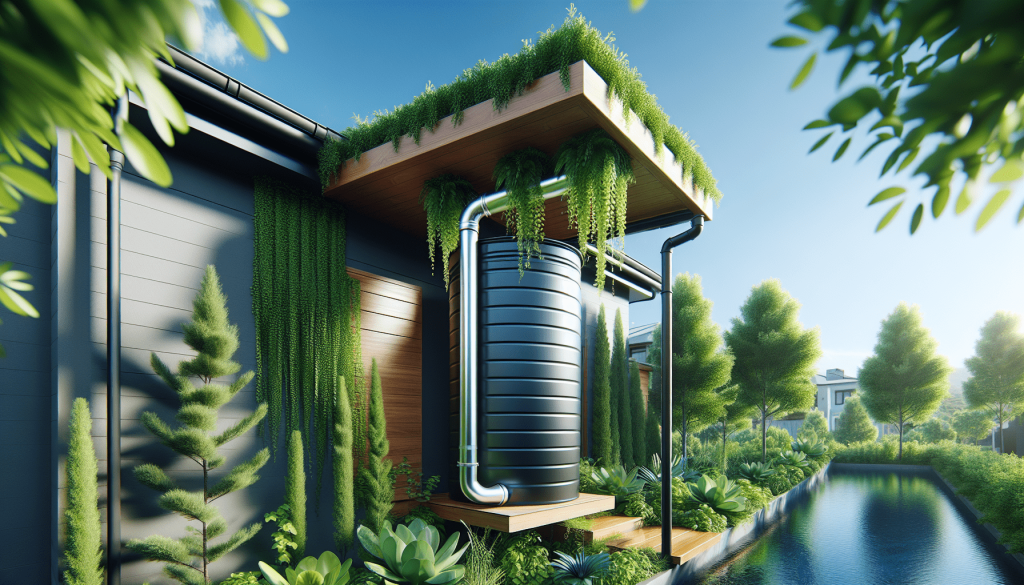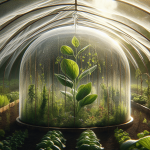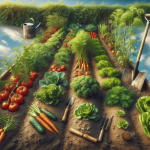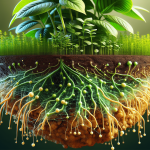This post may contain affiliate links. As an Amazon Associate, we may earn commissions from qualifying purchases.
Do you ever wonder what the advantages might be of placing a rain barrel or a more sophisticated rainwater harvesting system in your backyard? With increasing attention on sustainable living and environmental conservation, more people like you are seeking alternatives to decrease their ecological footprint. One solution that’s picking up momentum is using rainwater harvesting systems.
Rainwater harvesting may sound like it belongs in the realm of permaculture hipsters, but it’s actually a practical and impactful method accessible to almost anyone. Whether you live in a bustling city or a sleepy town, you might find that capturing nature’s gift can be surprisingly beneficial. Let’s explore these benefits and see how they can fit into your life.

Understanding Rainwater Harvesting
Before diving into the myriad benefits, it’s key to understand what rainwater harvesting is all about. Simply put, rainwater harvesting involves collecting and storing rainwater for later use. This can be achieved through various methods ranging from basic to advanced systems. But regardless of complexity, each system aims to capture rainwater and utilize it, instead of letting it runoff and create potential flooding issues.
How Does It Work?
Rainwater collection systems gather the droplets that fall from the sky onto rooftops, which then channel into storage tanks via gutters. From here, the water can be filtered and pumped for various uses around your home or garden. Each system will vary based on your purposes and local climate, but at its core, the system is straightforward and capable of meeting a surprising array of water needs.
Types of Rainwater Harvesting Systems
Typically, rainwater harvesting systems are categorized into two types:
-
Passive Systems: These systems direct rainwater to specific areas of a landscape. By creating contours or depressions, you subtly manage water flow without any mechanical intervention.
-
Active Systems: These systems involve mechanical components to store water for future use. Active systems often include tanks or large barrels where the water is stored until needed for irrigation, flushing toilets, or even drinking water with proper treatment.
Environmental Benefits
One of the most inviting aspects of rainwater harvesting is its contribution to environmental conservation. By minimizing our reliance on municipal water supplies, you can help alleviate pressure on local water resources. Let’s take you through the eco-benefits of collecting rainwater.
Reduces Runoff and Erosion
Rainstorms can lead to rapid water runoff, which causes soil erosion and carries pollutants into rivers and lakes. By capturing rainwater before it runs off, you can mitigate these effects. A small act of collection can mean a significant decrease in local erosion and water pollution.
Conserves Municipal Water
Capturing rainwater reduces the demand on public water supplies. When you use rainwater for non-potable needs such as watering gardens or washing cars, less tap water is used for these tasks, thus conserving a valuable and potentially scarce resource.
Supports Plant Growth
Rainwater is free from the chemicals found in treated tap water. Plants tend to thrive on rainwater, which contains fewer salts and minerals that might inhibit plant absorption. By supplying your garden with harvested rainwater, you’re fostering a healthier growing environment.
Economic Benefits
You might be curious how rainwater harvesting can impact your wallet. Besides the satisfaction of eco-friendliness, harvesting systems frequently lead to substantial cost savings over time.
Lowers Water Bills
As you decrease your reliance on municipal water supplies for domestic purposes, you may notice a drop in your water bills. While the initial setup for a rainwater harvesting system comes with a cost, the payback comes through reduced monthly expenses.
Reduces Costs on Infrastructure
Widespread adoption of rainwater systems also benefits communities by lessening the load on municipal infrastucture. Less demand for public water translates to fewer expansions and lowered maintenance costs for water supply systems.
Adds Property Value
Having a rainwater harvesting system can make your property more appealing to environmentally conscious buyers. It’s seen as a valuable asset that reflects sustainable living, thereby potentially increasing the desirability and value of your property when it comes time to sell.
Personal Benefits
Choosing to capture rainwater is not merely about economics or the environment; personal benefits abound as well. It’s not just a method but a lifestyle change that aligns with conscientious living.
Provides a Sense of Satisfaction
Making a conscious choice to implement a rainwater harvesting system can bring a sense of empowerment and satisfaction. You’re not just reducing your environmental footprint, but also actively participating in water conservation efforts tailored to your local climate.
Fosters Self-Sufficiency
By harvesting rainwater, you gain greater control and self-reliance over your water supply. This self-sufficiency can be paramount during times of drought or disruptions to municipal water services.
Enhances Gardening
For those who love gardening, rainwater systems offer a consistent alternative source of water that’s highly beneficial for vegetation. You can enjoy healthy blooms while knowing that you’re taking a responsible approach in maintaining your landscape.

Potential Challenges and Considerations
While rainwater harvesting offers many benefits, there are certainly considerations to bear in mind that could impact your decision-making.
Initial Cost and Maintenance
Depending on the complexity, the initial investment for a rainwater harvesting system can be substantial. While savings do accrue over time, the upfront cost may pose a barrier for some. Regular maintenance is also necessary to keep the system functioning effectively—including cleaning gutters and tanks to prevent blockages or contamination.
Regulatory and Practical Constraints
Some regions impose regulations on the use of rainwater harvesting systems due to historic water rights issues or precipitation quantities. It’s important to research any local regulations or technical requirements before installation.
Quality of Harvested Water
The quality of rainwater can vary, especially if polluted air or a contaminated collection surface is involved. Additional purification steps may be required if the water is intended for potable uses, which can add complexity to the system.
Conclusion
Are rainwater harvesting systems worth considering for your home? As you can see, they come with numerous benefits that extend beyond just providing water. Embracing this technology can reduce your environmental impact, save money, and nurture your garden. It’s a decision that requires consideration and planning, but the rewards for both you and the planet are plentiful.
Whether you’re puttering around with a simple rain barrel or installing a whole-house capture system, the possibilities are vast, inviting, and enriching. So, when the next rainclouds gather, you’ll have more than just music of raindrops to appreciate—you’ll have a supply at the ready to sustain your home into a greener future.








